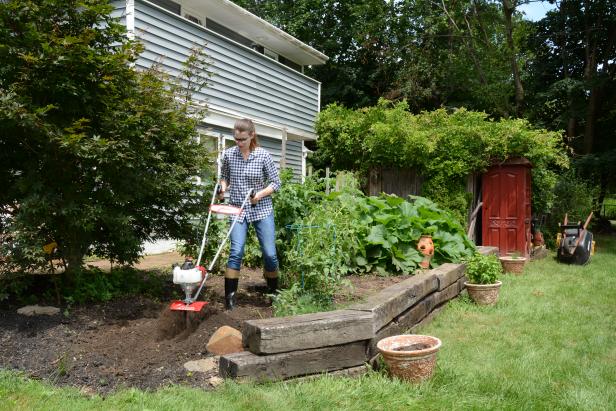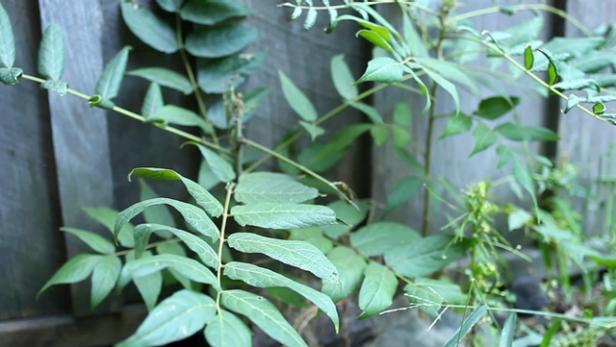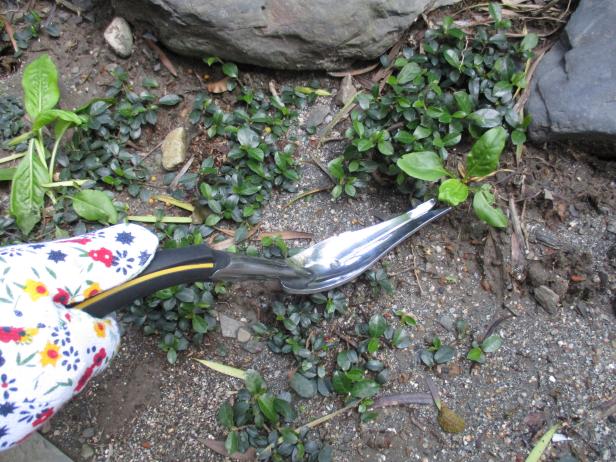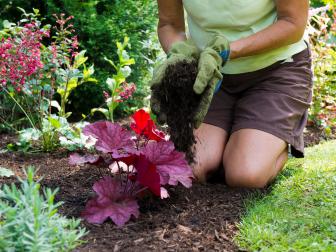Written by Lynn Coulter and published on https://www.hgtv.com/outdoors/
There are three elements needed for your garden plants to survive: water, sunlight, and nutrients. Now, what do weeds need to survive? Yes, you guessed it right. Weeds need the same elements as plants. However, your backyard or garden cannot afford the growth of both the weeds and the plants.
If you don’t get weed control for the herb garden, the weeds will more likely take up all space and affect other plants’ growth. It wouldn’t be wrong to state that weeds compete with your garden plants for space and nutrients. That said, in the presence of weeds, the plants can never reach the full potential of their growth. Besides, it is typical for weds to cover an entire garden which can put nearby plants in danger.
How to Kill Weeds Without Hurting Your Garden
You may need to carefully consider any steep slope garden beds which may be in place. Aggressive weeds will take over your garden — but you can fight back without harming your valuable plants.

Those weeds in your garden have to go. They’re stealing water and nutrients from your desirable plants, and many will spread until they overrun everything from the rhubarb to the roses.
You can chop them up or yank them out, but that doesn’t always eradicate them. Some drop seeds that germinate in just a few days—or years down the road. Weeds with deep roots or big root systems can break apart and resprout from stems, runners or small pieces that remain in the ground.
Fortunately, you don’t have to go after weeds with a burn-everything-to-the-ground mentality. We’ve got tips to help you banish them while protecting your flowers and veggies.
Start Early
You’ll have less work to do in the future if you attack the weeds as soon as they’re up. Young weeds have small roots, which makes them easier to pull and increases your chances of getting the entire plant. It’s also easier to weed just after a rain, but avoid walking on your garden spot. You don’t want to compress the soil.

If the weeds have matured enough to flower, mow them using a grass catcher, so you’ll collect any seeds that have ripened. Destroy or dump the clippings. Don’t put them in the compost pile, where the weedy stuff can germinate and multiply.
Use a Weed Barrier
Landscape fabric is great for blocking sunlight, so weeds can’t grow. If you don’t want to purchase a ready-made barrier, try using strips of black plastic or even old carpet (a solid piece of plastic or carpet would prevent water from soaking into the soil). Cover them with an attractive mulch, if you like.

Recycled materials and mulch prevent weeds by creating a physical barrier.
Apply Weed Killer
Weed killers can be tricky to use, because if you get them on your desirable plants, they’ll kill them, too. This can happen, for example, if you’re spraying weeds on a windy day and the spray drifts.
But herbicide glyphosates are effective and work by spreading from a plant’s leaves to its roots. Available as liquids, solids or ready-to-use products, they eventually break down in the soil.
However, glyphosates work only on growing weeds; they are not pre-emergents. And while they’ve been used in the U.S. for over 30 years, debate continues about whether they present health risks to humans. See the US. Environmental Protection Agency website for up-to-date news and additional information on using them.

To reduce the strain on your hands, look for a hand weeder with an ergonomic design. Its narrow tip lets you pry out weeds without disturbing other plants.
Dig and Hoe
This is the hard way to tackle weeds, especially when you’re working close to the roots of “good” plants. If you’re hoeing up weeds with shallow roots, be sure the blade is sharp and slice the roots just under the surface of the soil. Remember: when you loosen the soil, you’re exposing any fallen seeds to the light, which can cause them to germinate, so try not to disturb the soil too much.
For weeds with longer roots, use a garden knife, dandelion digger or hand weeder, a long, slender tool that looks like a screwdriver with a forked tip.
Spot Killers
If you have a few weeds popping up through cracks in your patio or walkway, pour a little bleach on them and wait a couple of days to pull them up. A mixture of one cup of salt dissolved in 2 cups of hot water will also work. Some gardeners spray with full-strength apple cider or white vinegar, but rain dilutes their effectiveness. Be careful not to get any of these on your grass or the desirable plants in your borders and beds.
Mulch
Once you’ve got the weeds out of your garden, keep them from coming back with a 3″ layer of mulch. Straw will work, as long as it doesn’t contain weed seeds. Pine straw, wood chips, and bark chips also suppress weeds by blocking sunlight, and they’ll break down slowly and amend your soil.

Pine straw tends to acidify the soil as it breaks down, so it’s good to use around azaleas and other acid-loving plants. Straw and sawdust mulches use nitrogen as they decompose, so you may need to add some nitrogen fertilizer if you use them.
Original post here https://www.hgtv.com/outdoors/flowers-and-plants/how-to-kill-weeds-without-hurting-your-garden/.



